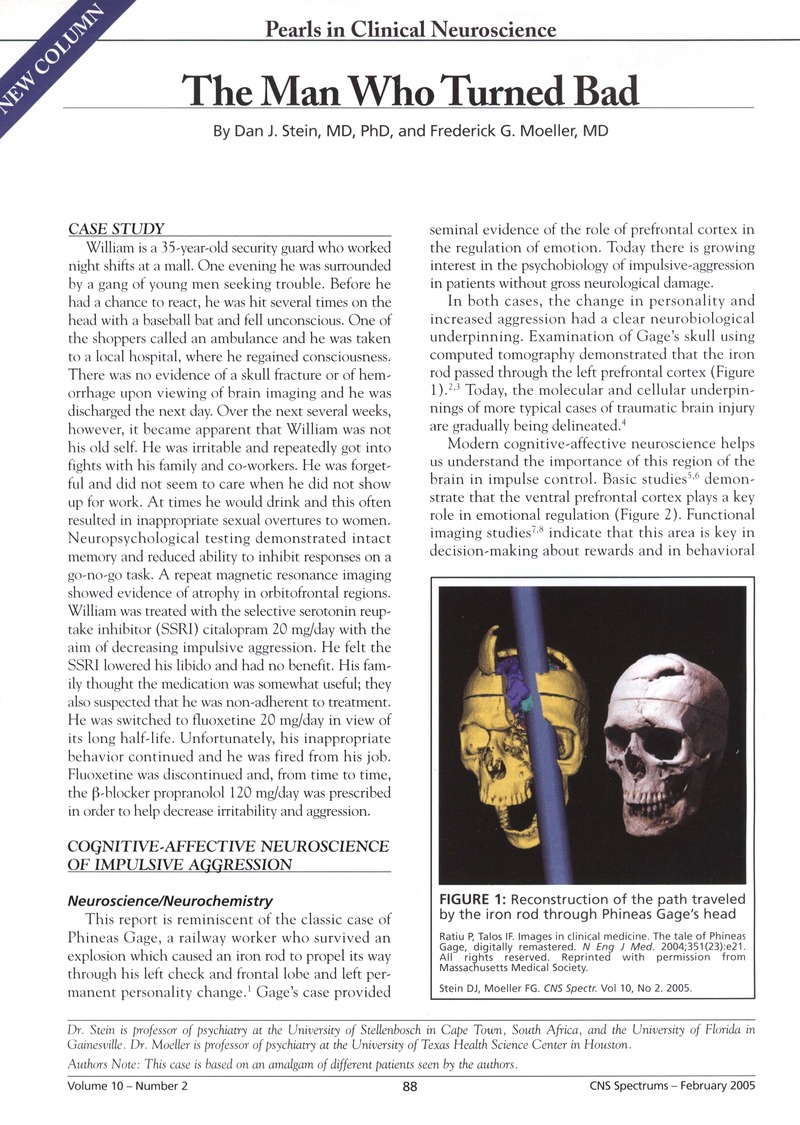Crossref Citations
This article has been cited by the following publications. This list is generated based on data provided by Crossref.
Stein, Dan J.
Newman, Timothy K.
Savitz, Jonathan
and
Ramesar, Rajkumar
2006.
Warriors Versus Worriers: The Role of COMT Gene Variants.
CNS Spectrums,
Vol. 11,
Issue. 10,
p.
745.
Stein, Dan J.
2008.
Emotional Regulation: Implications for the Psychobiology of Psychotherapy.
CNS Spectrums,
Vol. 13,
Issue. 3,
p.
195.
Stein, Dan J.
2009.
Borderline Personality Disorder:Toward Integration.
CNS Spectrums,
Vol. 14,
Issue. 7,
p.
352.
Coetzer, Rudi
2009.
A Clinical Pathway Including Psychotherapy Approaches for Managing Emotional Difficulties After Acquired Brain Injury.
CNS Spectrums,
Vol. 14,
Issue. 11,
p.
632.
Collins, Robert L.
Combs, Hannah L.
Miles, Shannon R.
Pastorek, Nicholas J.
Tharp, Andra Teten
and
Kent, Thomas A.
2020.
Traumatic Brain Injury.
p.
239.
Stein, Dan J.
2021.
Problems of Living.
p.
61.
2021.
Problems of Living.
p.
235.





